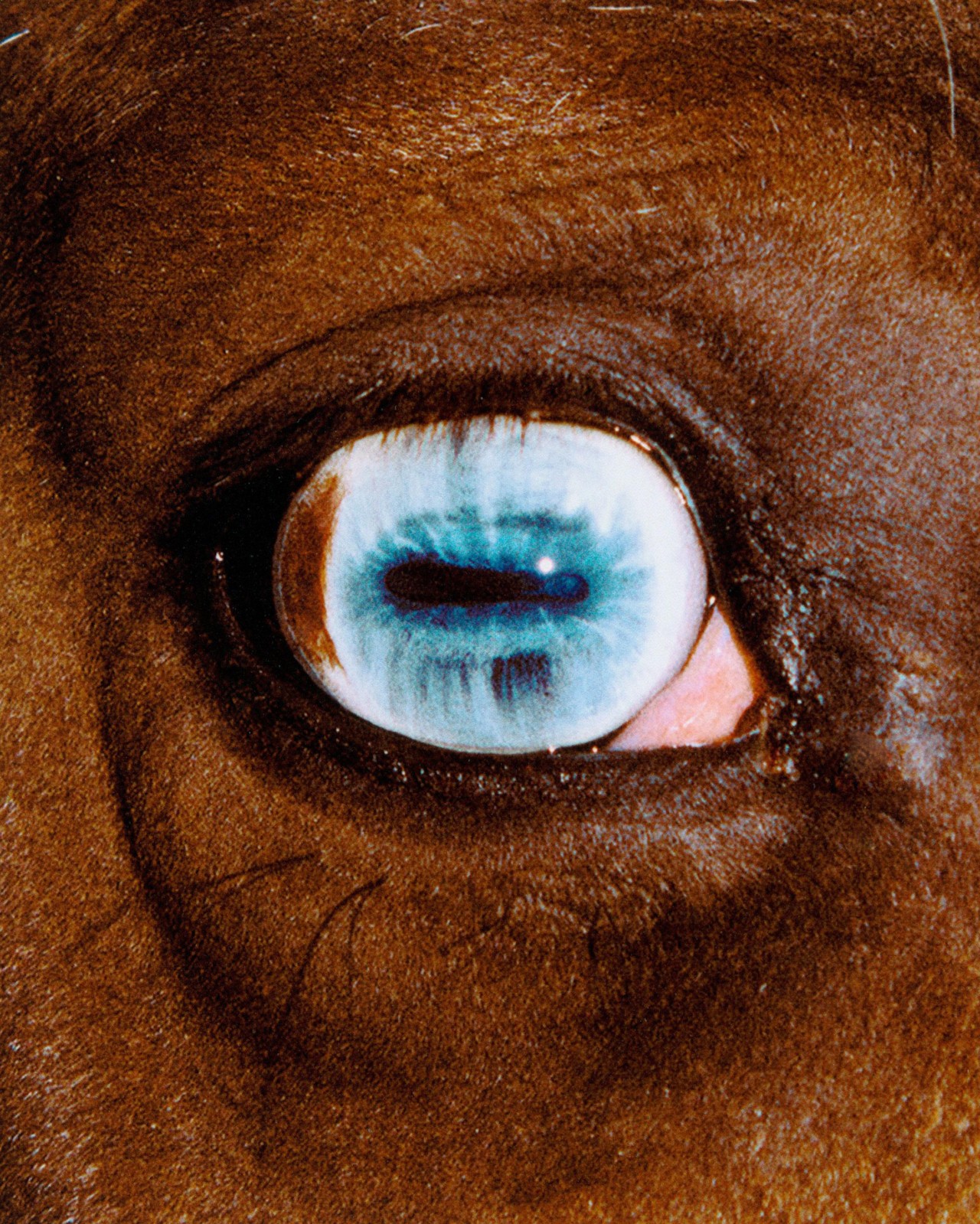

Photograph by Thomas Chene
words by willow defebaugh
“People think dreams aren’t real just because they aren’t made of matter, of particles. Dreams are real. But they are made of viewpoints, of images, of memories and puns and lost hopes.”
—Neil Gaiman
I don’t know about you, but my dreams have been particularly vivid as of late—rife with apt symbolism, moments of prescience, and disturbingly apocalyptic imagery. (Some dreams are so surreal that they are beyond interpretation, others are abundantly clear.) Perhaps it’s my unconscious attempt to process an eventful year, or a form of self-protection. That’s the thing about dreams: for all of our scientific advancement, this magical and ubiquitous aspect of the human experience is still a mystery. All we have are theories about what dreams are made of.
Years ago, I wrote a newsletter about a number of those theories. One was Freud’s belief that dreams reveal our unconscious desires. Another was that we dream in order to remember; a 2010 study found that participants who dreamed about a maze in between attempts to navigate it were ten times better at solving it on the next. Relatedly, a third was that we dream to solve problems without the restraints of logic. And then there was the theory that we dream for our survival, to practice life or death threats. And another, that we dream to heal and process traumatic events.
A newer theory suggests a more complex reason for why we dream, related to brain plasticity. This refers to the brain’s capacity to remold itself. The neuron cells that process information in the brain—interconnected by thousands of linkages—reshape themselves whenever we learn new skills, change our habits, or adapt. This is also referred to as livewiring, because it is happening constantly; 86 billion neurons and the 0.2 quadrillion connections that tether them together rewire every single moment of your life. Even now, as you take in this information.
The speed at which this occurs is extraordinary. You may have heard that for people who go blind, their brains rapidly reorganize in order to heighten other senses like touch or hearing (even developing echolocation). But did you know this can also happen with temporary sight loss? In one study, participants with sight had to learn brail; some with blindfolds, others without. In a five-day time span, those who had their sight removed were able to read the brail better than those who didn’t. The neurons in their visual cortex rewired to help—and did so within hours.
So, if our brains are capable of quickly rewiring when our sight is removed even temporarily, you can imagine the problem this presents when we go to sleep every night (especially for our ancestors who did not have electronic light). This is the basis for the defense activation theory: that we dream in order to preserve the visual cortex by giving it imagery to focus on while the world is dark and our sight is gone. In other words, we dream to protect our vision.
The scientists behind this theory, David Eagleman and Don Vaughn (neuroscientists at Stanford University and UCLA respectively), tested it by measuring time spent in REM—the sleep phase in which we dream—against brain plasticity in various animal species and found a positive correlation. The more brain plasticity, the more reason to dream. They also noted that people who have less visual input while awake—those with eye degeneration or even those in prison —can have visual hallucinations. Their brains are defending their sight with waking dreams.
Given the plasticity of our brains, I wonder how they are constantly being reshaped by polycrisis. Time spent resting and dreaming can help us protect our sight. And when I say sight, I mean the metaphoric kind: our capacity to see clearly and envision the world we want to create, rather than allow ourselves to be molded by the one that was handed to us, one that lacks foresight in regards to sustainability. While they may not be prophetic, in this sense, dreams are no less portents of the future. So I will leave you, and this year, with a simple invitation: dream on.
Dream On